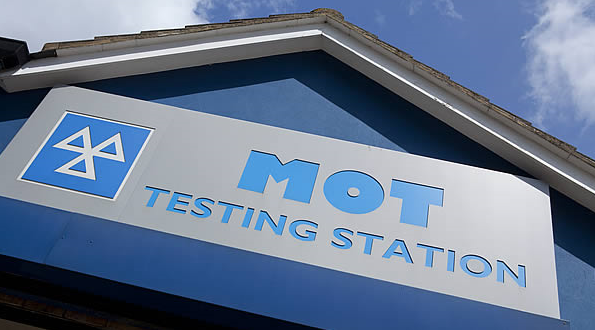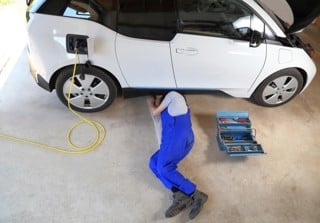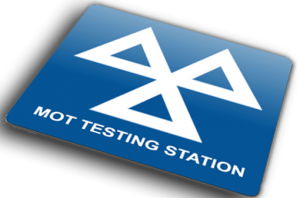Potentially dangerous defects are being missed by garages, according to analysis of the Driver and Vehicle Standards Agency’s (DVSA’s) MOT Compliance Survey 2021-2022.
It has revealed that 10.1% of cars passed by MOT testers should have failed.
As part of the compliance survey, a team of DVSA expert vehicle examiners retested a randomly selected sample of 1,732 vehicles.
The aim of the annual study is to understand whether correct testing standards are being applied by the industry.
The DVSA disagreed with the test outcomes in 12.2% of cases, with 2.1% of failures deemed to be worthy of a pass certificate.
In nearly two-thirds of the vehicles retested (65.9%), the DVSA found at least one defect which the MOT test station had missed or incorrectly recorded.
Of the 1,142 vehicles with defects disagreed, more than half (51.6%) had three more defects missed or disagreed.
Tyres were the component area with the highest number of defects disagreed, at 734, followed by brakes (660) and suspension (642).
The 1,732 retests also resulted in 27 disciplinary actions recorded and 164 advisory warning letters sent to garages.
A DVSA spokesperson said: “Our MOT Compliance Survey is an essential tool helping us make our roads among the safest in Europe.
“The vast majority of MOT testers carry out testing to the highest standards. Our survey targets a random selection of vehicles and is designed to identify any problems with MOT testing so that we can put them right.
“We are delighted to see that standards have improved since the last report. This underlines the importance of DVSA taking action on the survey results and supporting testers with new digital tools, as well as demonstrating the hard work of MOT testers.”
In separate research, What Car? conducted a survey of 961 car owners, with 13% admitting they are aware of a local garage that is favourable with passing cars through their MOT.
What Car? editor Steve Huntingford said: “Our investigation highlights the differences between official vehicle roadworthiness standards and those upheld by some in the industry.
“With safety critical components such as tyres and brakes at the top of the list of defects missed there are potentially serious road safety concerns at play here.
“It might seem beneficial for owners to have their vehicle inspected by a favourable garage, but the test is there to provide a minimum standard of vehicle safety.”
The Government published proposals to change the MOT in January, including changing the date at which the first MOT for new light vehicles is required from three to four years and improving the monitoring of emissions to tackle pollution.
Ministers claim the changes are necessary because today’s vehicles are built better and are more resilient to wear and tear, particularly with electric vehicles (EVs) having fewer moving parts.
The Government says pushing the requirement for the first MOT back from three years to four would also save money.
Author: Gareth Roberts




















Login to comment
Comments
No comments have been made yet.